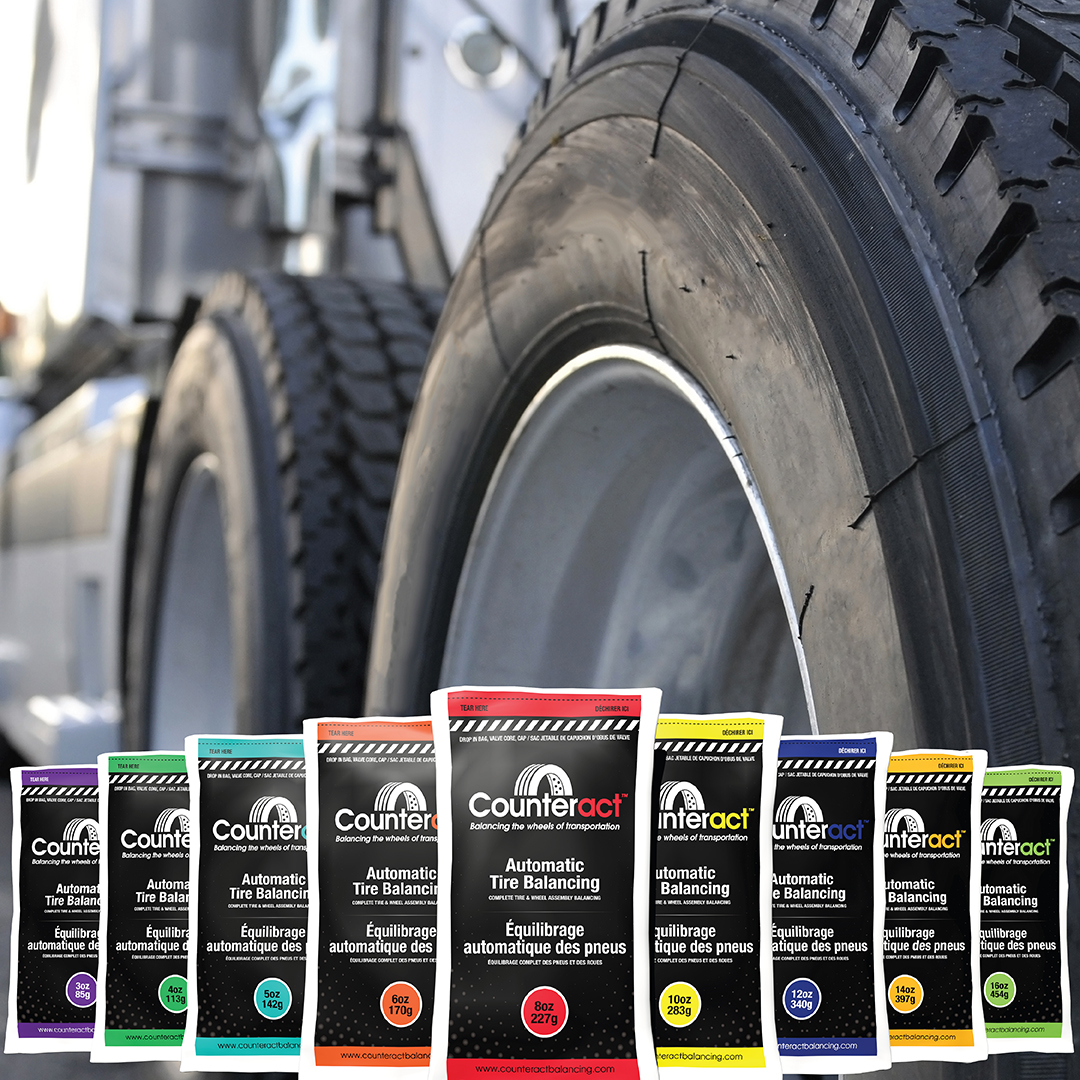Understanding Tire Operating Temperature
Heat remains the primary adversary of tires, making it crucial for tire engineers to consider the ideal “tire operating temperature” during the design phase.
Effects of High Temperatures
Tires subjected to prolonged highway speeds experience elevated temperatures. Beyond a certain threshold, typically around 250°F for commercial tires, structural integrity begins to degrade significantly, leading to potential failures and deformities. To mitigate the risks associated with high temperatures, tire manufacturers advise maintaining operating temperatures within a range of 190-220°F, depending on the specific product.
Causes and Mitigation
Various factors, including underinflation and imbalance, can contribute to tire overheating, exacerbating the problem when combined with other stressors. Proper tire pressure (PSI) and balancing are critical factors in managing tire temperature, akin to controlling variables in an experiment.
Study Findings
A study conducted at the University of Uberaba in Brazil evaluated the impact of Counteract Balancing Beads on tire temperature, wear, retreadability, and electrical interactions, demonstrating significant improvements across these metrics and highlighting the importance of tire maintenance.
Influencing Factors
Multiple elements, such as PSI, balancing, alignment, road and surface temperatures, UV radiation, tire compounds, tread design, and braking frequency, collectively influence tire temperatures and performance.




